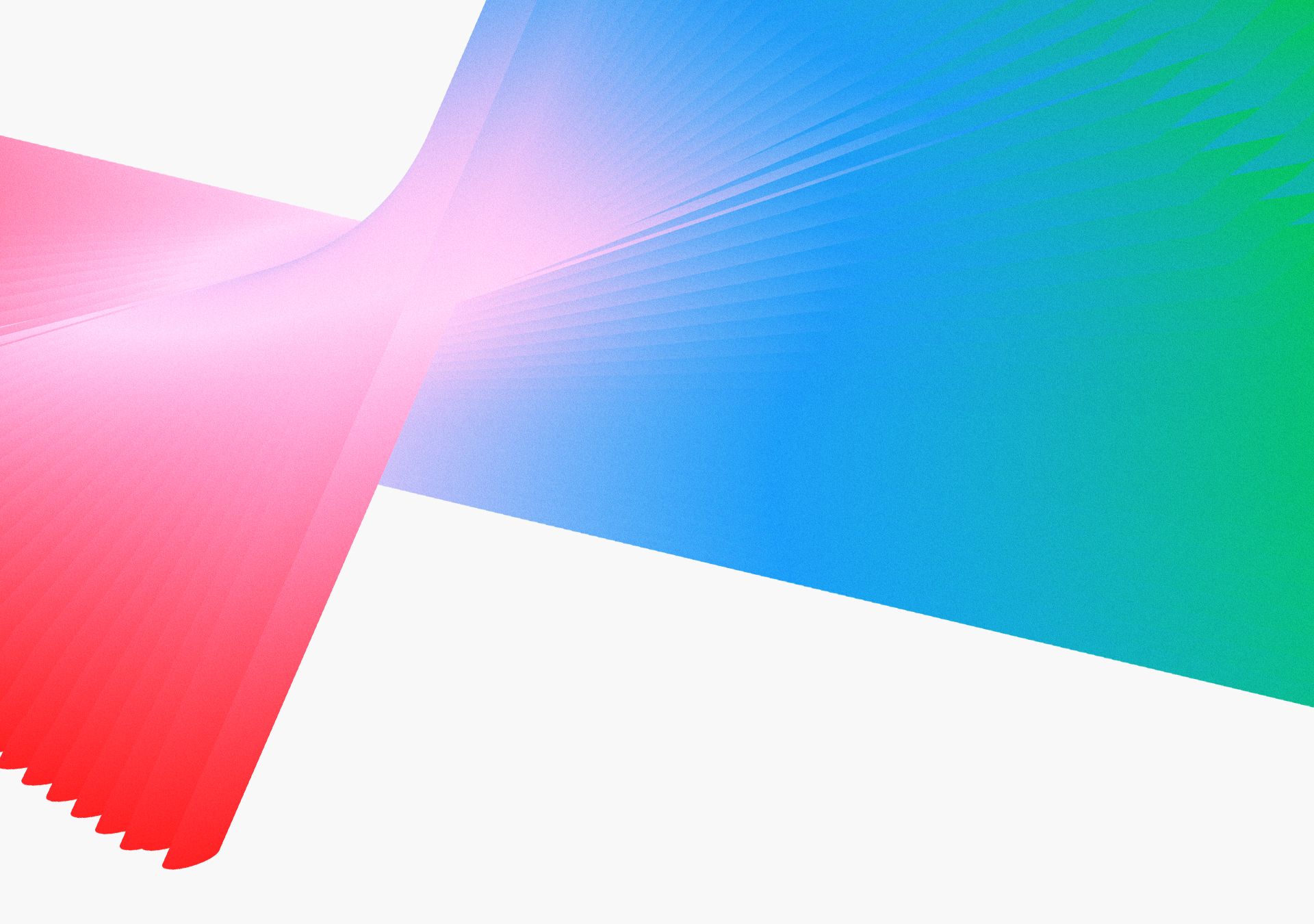Closed captions in English can be accessed in the video player.

Empower Your Design Team for Strategic Impact - S6150

SPEAKERS
-

Global Brand & Design Lead, Dentsu
Featured Products
-
Adobe Express
Free trial
Session Resources
No resources available for this session
Session Resources
ABOUT THE SESSION
Technical Level: Beginner
Your creative team is at the strategic center of your brand - so why are they spending time resizing assets and tweaking copy? Designers at dentsu, one of the largest global marketing and advertising agency networks in the world, stay strategic by leveraging Adobe Express to keep low-level tasks off their to-do lists. Join Sakura Martin, dentsu’s Global Brand & Design Lead, to learn how you can enable non-designers to self-serve on-brand, engaging content using assets and templates created by your design team - and keep your designers focused on work that delivers real business impact.
In this session, you’ll discover:
- How to support better collaboration between designers and marketers with Adobe Express
- How the dentsu design team scales to manage a cohesive visual identity across 145 markets
- New ways to empower non-designers for on-brand content creation with access to basic imagery and video effects
Technical Level: Beginner
Type: Session
Category: Collaborating with Your Team
Track: Creativity and Design in Business
Audience Types: Art/Creative Director, Business Strategist/Owner, Graphic Designer, Print Designer, Illustrator, Social Media Content Creator, Executive, Marketer
This content is copyrighted by Adobe Inc. Any recording and posting of this content is strictly prohibited.
By accessing resources linked on this page ("Session Resources"), you agree that 1. Resources are Sample Files per our Terms of Use and 2. you will use Session Resources solely as directed by the applicable speaker.
Inspiring Insights
Short videos to explore even more
Keep the learning going with insights from industry experts. Get hot tips and tricks and best advice in 50+ bonus video — all under five minutes
Not sure which apps are best for you?
Take a minute. We’ll help you figure it out.